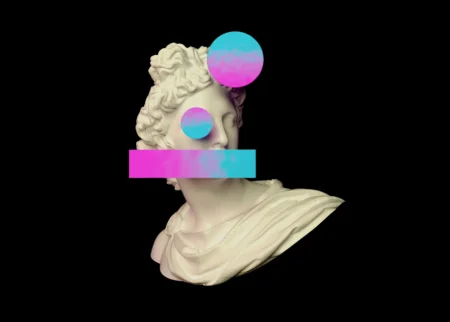 You’ve probably heard the term “NFT” tossed around — especially in the worlds of digital art, crypto, and online collectibles. But what exactly is an NFT, and why are people spending real money on digital images?
You’ve probably heard the term “NFT” tossed around — especially in the worlds of digital art, crypto, and online collectibles. But what exactly is an NFT, and why are people spending real money on digital images?
Let’s break it down.
NFT = Non-Fungible Token
At its core, an NFT is a digital asset. The “non-fungible” part means it’s unique and can’t be exchanged on a one-to-one basis like a dollar or a bitcoin.
Think of it like this:
- A dollar is fungible: every dollar is worth the same.
- A signed baseball card is non-fungible: it has a unique value.
An NFT can represent digital art, music, video clips, virtual land, and more — and each one is recorded on a blockchain, making it traceable and verifiable.
Why Do People Buy NFTs?
Ownership. Even though anyone can view a digital image, only one person can own the original NFT.
Other reasons include:
- Supporting artists directly
- Speculation (buy low, sell high)
- Access to communities or perks (some NFTs act as tickets or memberships)
Are NFTs the Future?
NFTs open up new ways for creators to monetize their work and for buyers to own unique digital goods. But they also raise questions about value, environmental impact, and long-term relevance.
Some see them as a fad, others as the foundation of future digital economies.
Final Thought
NFTs aren’t just about digital art — they’re about ownership, identity, and the evolving way we value things online. Whether you invest in them or not, understanding NFTs is becoming increasingly important in today’s digital world.
Picture Credit: Freepik
